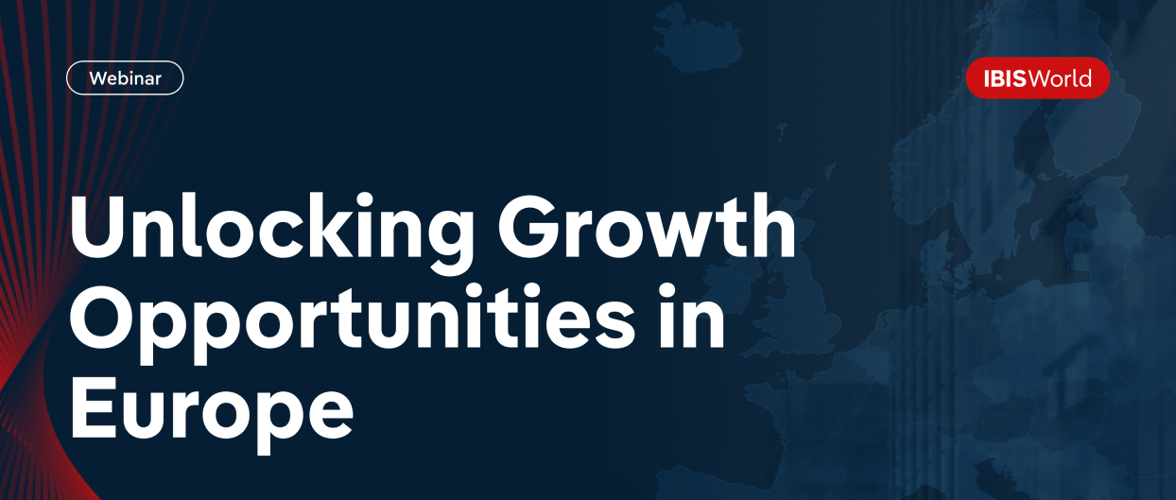Key Takeaways
- Inflation is an essential and inescapable fact of doing business
- The three different types of inflation – demand-push, cost-pull and built-in – have different causes and effects
- Understanding inflation will help your business manage the effects and employ successful strategies
What is Inflation?
Inflation affects everyone in one way or another, yet many people may not fully understand what it means. Simply put, inflation refers to the general increase in prices of goods and services over time. You’ve probably been hearing a lot about inflation lately, and it’s part of the reason your morning coffee or your daily commute keep getting more expensive. Generally speaking, with inflation on the rise, your money probably feels like it’s buying less and less.
Understanding the different types of inflation can be a valuable tool for individuals and businesses. Knowing the causes and effects of inflation can help you make informed financial decisions, such as how to save, invest, or plan for the future. Moreover, inflation affects the economy as a whole, and a solid understanding of its various forms can help you stay informed about economic trends and developments. Let’s start by looking at the different types of inflation.
What are the three types of inflation?
- Demand-pull inflation
- Cost-push inflation
- Built-in inflation
Each inflation type has unique causes, effects, and implications for businesses and the economy, so it's essential to understand the differences between them.

Demand-Pull Inflation
What is demand-pull inflation?
Demand-pull inflation occurs when there is an increase in demand for goods and services, causing prices to rise. This can happen, for example, during times of economic growth when more people have money to spend and are willing to pay more for goods and services.
Causes of demand-pull inflation
Some of the main causes of demand-pull inflation include a growing population, increasing consumer confidence, and government spending. Additionally, a rise in exports or an increase in tourism can also contribute to demand-pull inflation.
Effects of demand-pull inflation
The effects of demand-pull inflation can be both positive and negative. On the positive side, increased demand can lead to job creation and economic growth. On the negative side, higher prices can reduce purchasing power and erode the value of people's savings. It can also increase the cost of borrowing, making it more difficult for people to take out loans or mortgages.
Business Strategy
In the case of demand-pull inflation, businesses may benefit from increased consumer spending. However, it’s still important to consider the effects of inflation in your strategic planning. You may find that you can consider strategies such as diversifying your product offerings, investing in new technologies, and improving supply chain management to reduce costs and maintain profitability.
Cost-Push Inflation
What is Cost-Push Inflation?
Cost-push inflation refers to a situation where the cost of producing goods and services increases, forcing businesses to increase their prices. This can be caused by factors such as rising wages, increased taxes, and higher raw material costs.
Causes of Cost-Push Inflation
Some of the main causes of cost-push inflation include increased labour costs, supply chain disruptions, and changes in government policies. For example, if workers demand higher wages, companies may need to raise prices to cover the additional cost and preserve profitability. Similarly, if a major supplier raises its prices, it can cause a chain reaction throughout the entire supply chain, leading to higher prices for consumers.
Effects of Cost-Push Inflation
The effects of cost-push inflation can be negative for consumers, as they must pay more for goods and services. It can also decrease demand, as people are unable to afford as much as they could before. This decrease in demand can then limit economic growth and potentially even lead to job losses. Additionally, cost-push inflation can make businesses less competitive, as they must raise their prices to cover their costs.
Business Strategy
If your business is facing cost-push inflation, you consider several strategies to adapt, including conducting a profitability analysis, reducing costs, increasing efficiency through business process analysis, and passing on some of the increased costs to consumers in the form of higher prices.
Built-In Inflation
What is Built-In Inflation?
Built-in inflation refers to the expectation of future price increases that are built into the economy. This expectation can lead people to demand higher wages or prices for goods and services, further driving up inflation.
Causes of Built-In Inflation
Some of the main causes of built-in inflation include previous experience with high inflation, government policies, and public expectations. For example, if people expect prices to keep rising, they may demand higher wages to keep up with the rising cost of living. Similarly, if a government announces plans to increase spending, people may anticipate higher taxes and inflation in the future.
Effects of Built-In Inflation
The effects of built-in inflation can be persistent and difficult to reverse. If people expect prices to keep rising, it can create a self-fulfilling prophecy, as their expectations drive up prices. This can lead to a vicious cycle of increasing prices, higher wages, and further price increases. Additionally, built-in inflation can make it more difficult for a government to control inflation through monetary or fiscal policy.
Business Strategy
To adapt to built-in inflation, you may need to re-evaluate your pricing strategies and adjust for higher labour costs. You can also consider investing in automation and technology to increase efficiency and reduce costs.
Final Word
Inflation is an unavoidable factor in doing business. It helps to keep the potential effects of inflation in mind when preparing a business plan, conducting industry research or analyzing risk, and comes into play when conducting a PESTLE analysis.
Understanding the different types of inflation and the strategies to adapt to them can you’re your business maintain profitability and protect against the negative effects of inflation. Some of these strategies include reducing costs, increasing efficiency, adjusting pricing strategies, investing in technology and alternative forms of payment, and seeking protection from currency volatility.
By taking the time to understand the different types of inflation and developing effective adaptation strategies, your business can better prepare for the challenges of an ever-changing economic landscape.
Sign up to our newsletter and follow IBISWorld on LinkedIn to keep up to date with our latest insights and market research guides.









